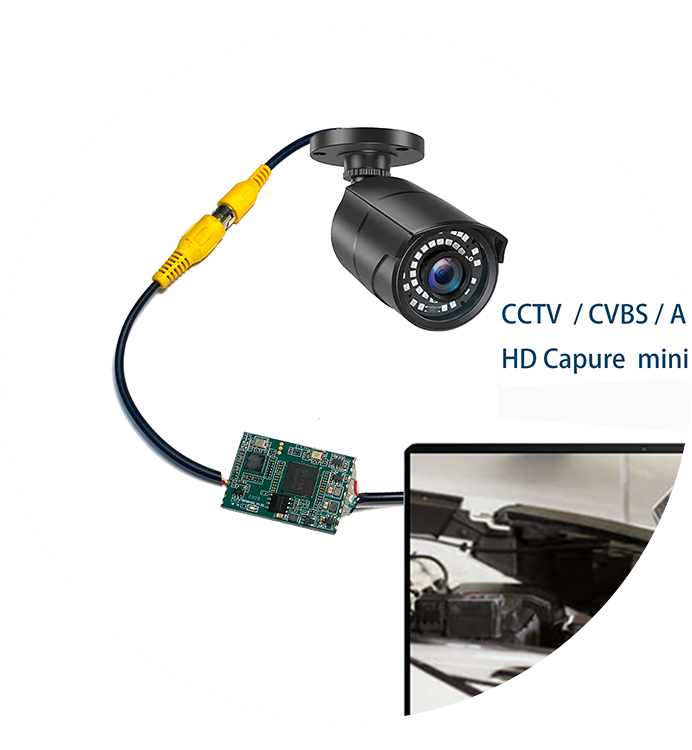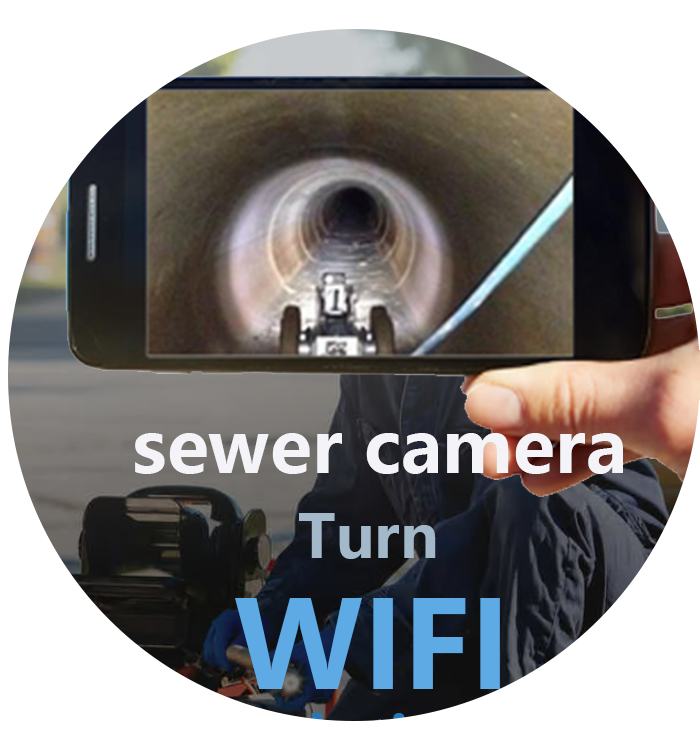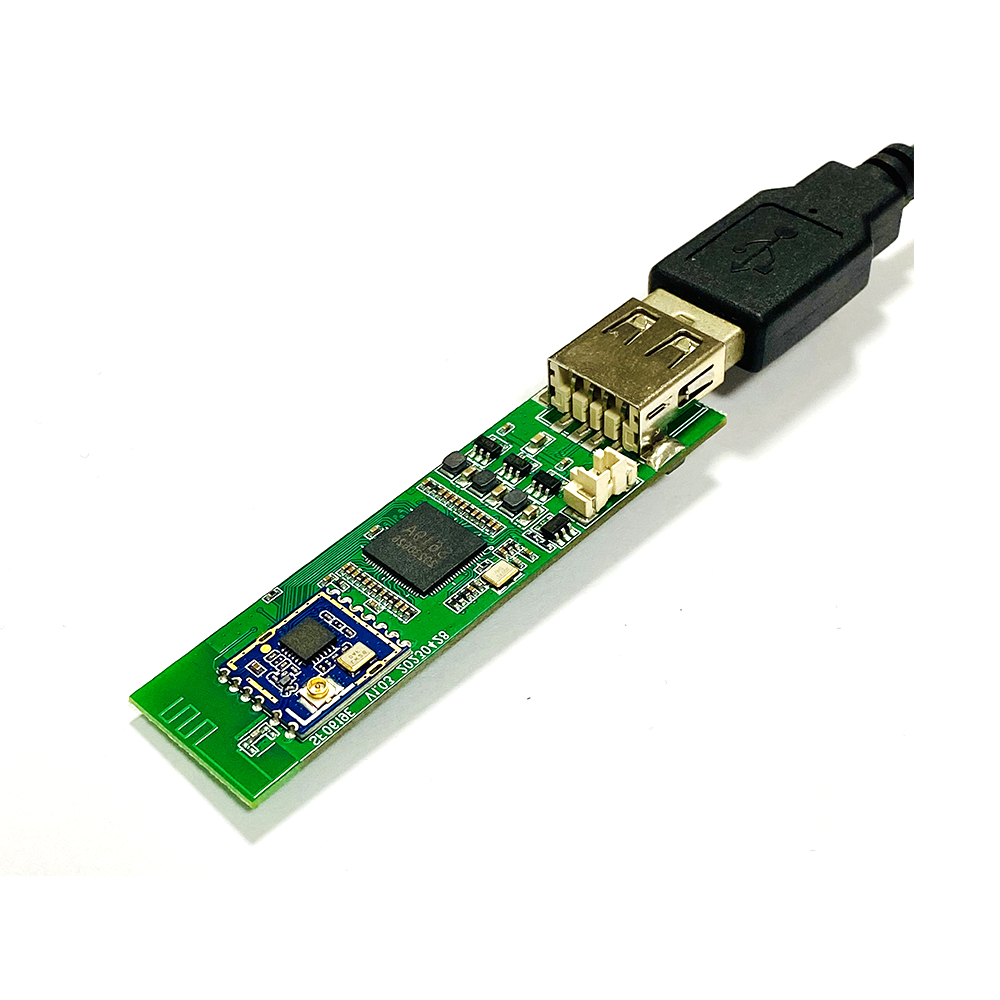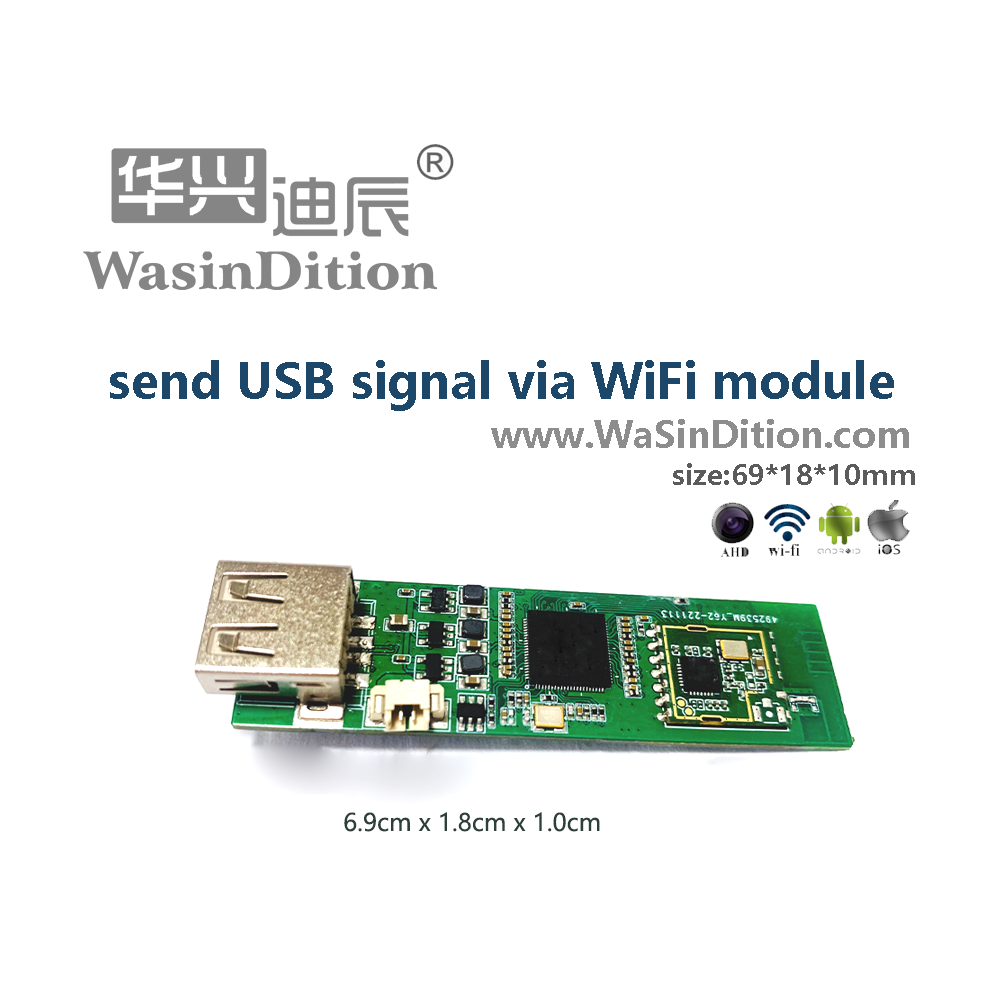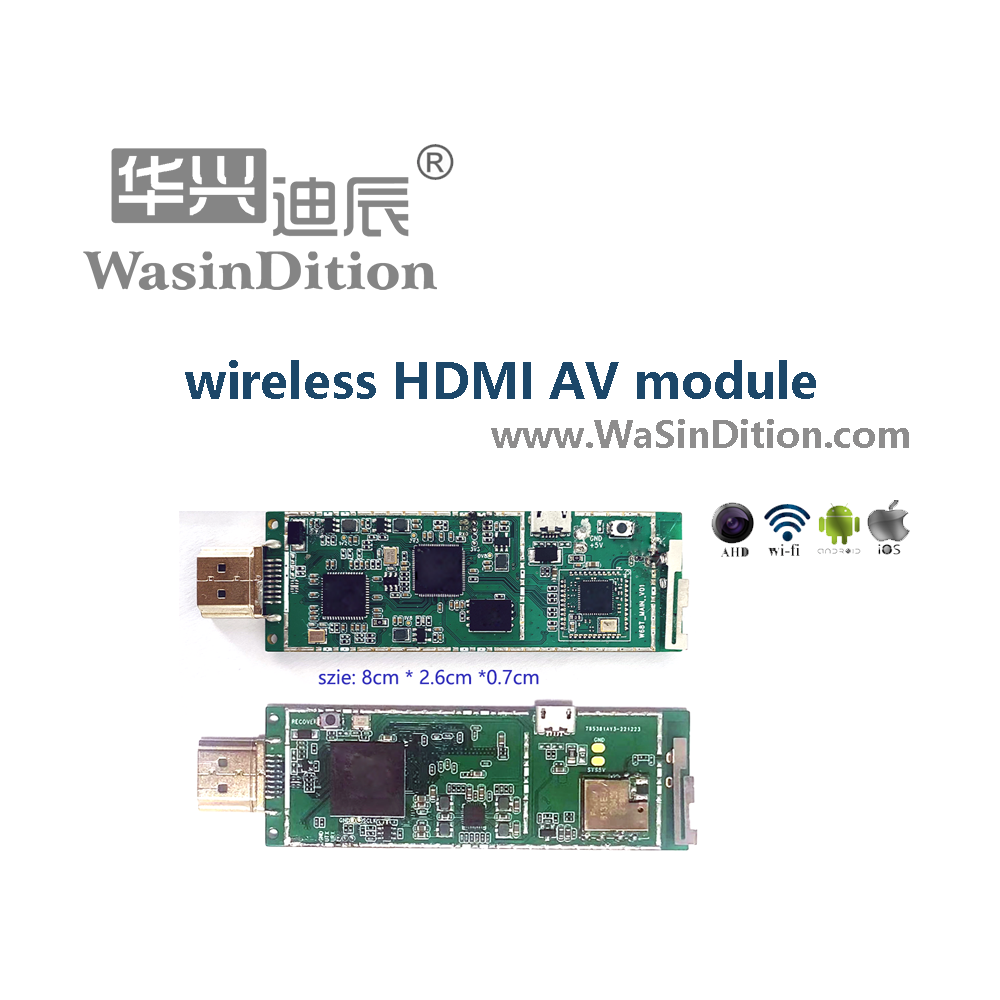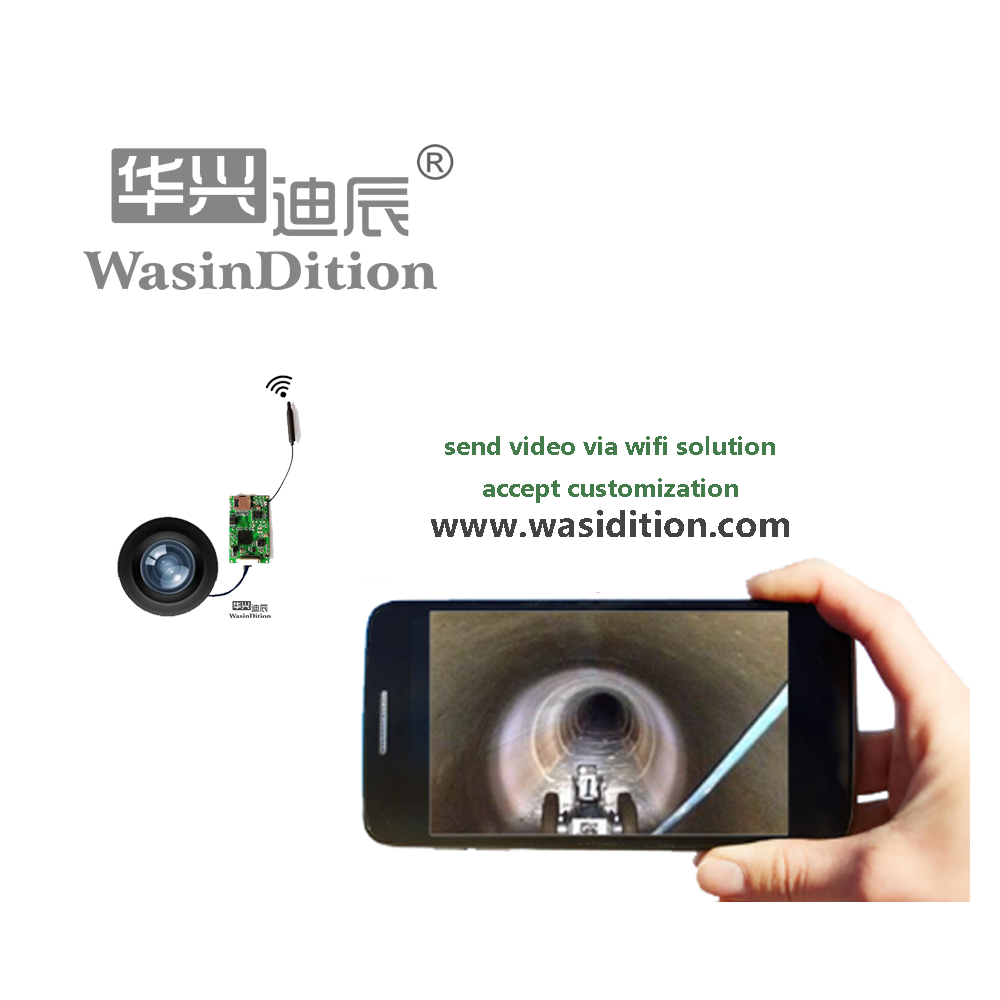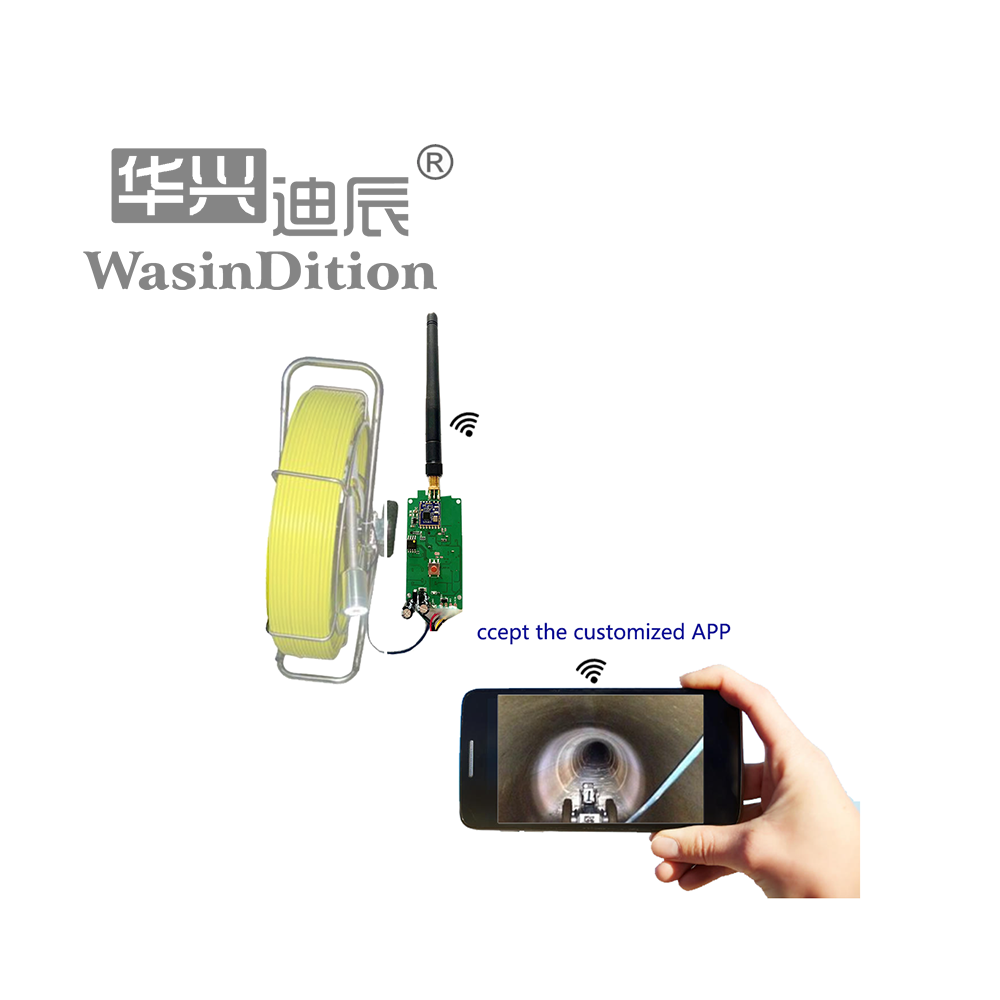CVBS (Composite Video Baseband Signal) is mainly used for transmitting standard definition (SD) video signals, commonly found in older televisions, monitoring devices, and video recorders. Furthermore, in specific application areas such as security monitoring, industrial inspection, and analog video transmission, CVBS signals may continue to be used.
In the industrial field, CVBS video signals are often used in industrial monitoring systems, industrial cameras, and industrial vision devices. Here are some examples of CVBS applications in industry:
Industrial Monitoring Systems: CVBS signals can be used to transmit video signals of factory equipment, production lines, and operational processes to help monitor and manage production sites.
Industrial Cameras: Some industrial cameras use CVBS interfaces for video output, suitable for machine vision, automated inspection, and quality control applications.
Industrial Vision Devices: Some industrial vision devices, such as endoscopes and inspection instruments, may use CVBS signals to transmit video information for industrial inspection and observation purposes.
Although digital video technology is becoming more prevalent in the industrial sector, CVBS is still widely used in specific scenarios. Its simple and stable transmission method, along with its relatively low cost, make it valuable in certain industrial applications.
WaSinDition focuses on the research, development and innovation of video wireless transmission solutions. There are powerful and customizable 2.4GHz single - frequency and 2.4/5GHz dual - frequency UART serial WiFi modules, USB - interface UVC WiFi modules, CVBS wireless video transmission WiFi modules, AHD high - definition video transmission WiFi modules, HDMI wireless video transmission modules and driver - free high - definition video capture cards. These products are widely used to transmit high - definition video signals to mobile phones and are suitable for medical endoscopes, industrial cameras, etc.

mini size CVBS AHD HD video capture card to computre
HDMI turn 2.4G or turn wifi to phone
USB UVC video signal turn wifi to ios android smart phone
Send CVBS AHD video signal via wifi to ios android smart phone
Copyright © www.wasindition.com all rights reserved.
Email: sales@wasindition.com
wasindition (R)
Shenzhen xingdichen technology co.,ltd
SUNFLOWER ELECTRONICS CO., LTD
Add: 6th Floor, West District, Building C, Huachuangda Science and Technology Park, Xixiang, BaoAn, SZ,CN.


-
CVBS video signal CVBS stands for Composite Video Baseband Signal
CVBS video signal CVBS stands for Composite Video Baseband Signal, which refers to the composite video baseband signal. In the audio and video field, CVBS is a traditional analog video interface standard used to transmit video signals from devices to display devices such as monitors and screens
-
1534C CVBS WIFI wireless video transmission module
The 1534C CVBS WIFI wireless video transmission module can transmit CVBS video signals to your mobile phone through WIFI wireless network. By using WIFI, you can view the USB video signal in real time and perform related operations on the specified CameraPhone IOS/Android APP.
-
Wireless HD video transmission tool - 1534H AHD WFIF module
Transmit AHD analog HD videos wirelessly to mobile phones through Wi-Fi standard wireless technology, point-to-point, within a distance of 50-100 meters.
Wi-Fi working standards: -
Wireless wi-fi HD endoscope solution for pipeline inspection
Send CVBS video signals to the smartphone via Wi-Fi transmission technology, allowing users to view the video on their phones using an app.
-
AHD (Analog High Definition) Technology
AHD (Analog High Definition) is a digital high-definition video transmission technology used in video surveillance systems. It transmits high-definition video signals through analog signal lines, providing monitoring effects with higher resolution and clearer image quality compared to traditional analog surveillance systems. AHD technology combines analog and digital elements, allowing surveillance systems to use digital high-definition images without the need to change traditional analog surveillance equipment and wiring methods.



